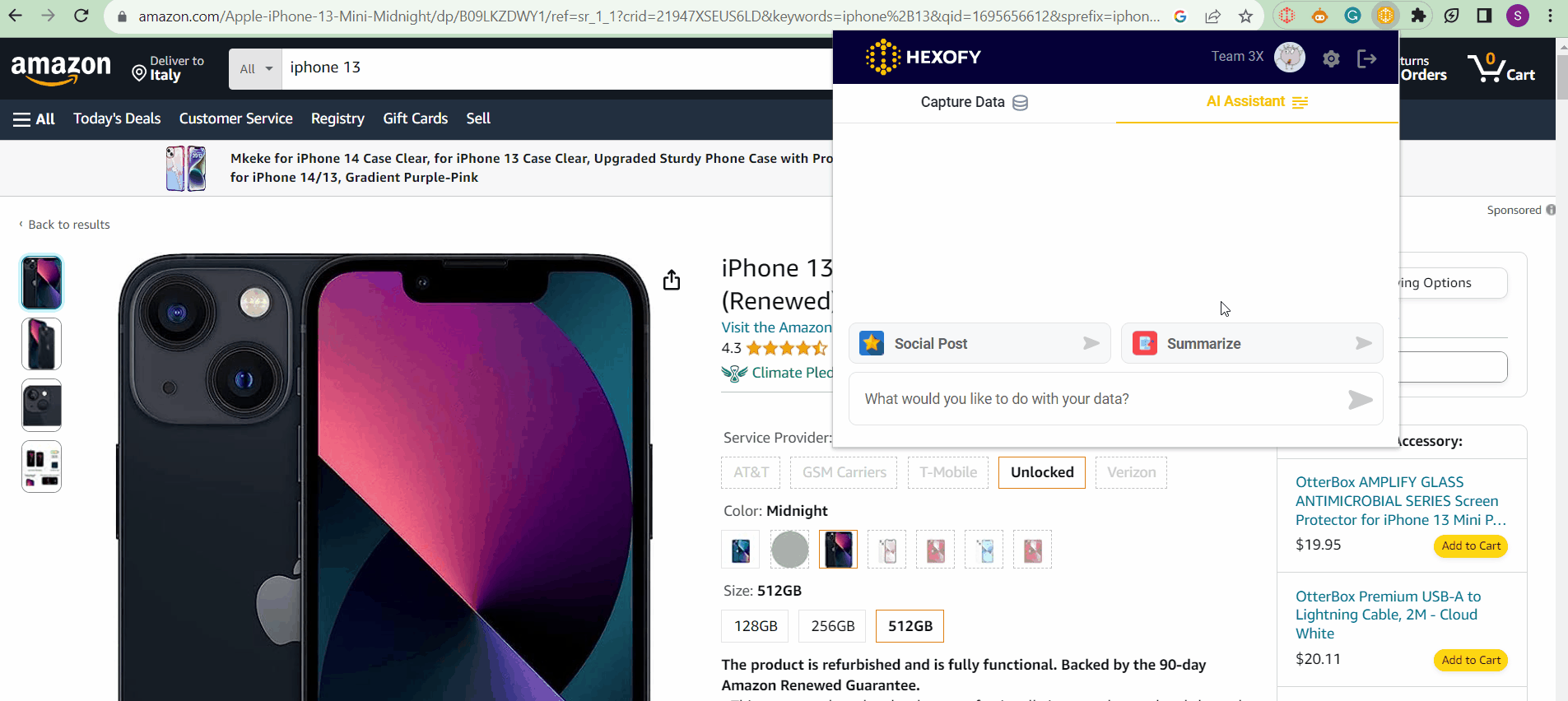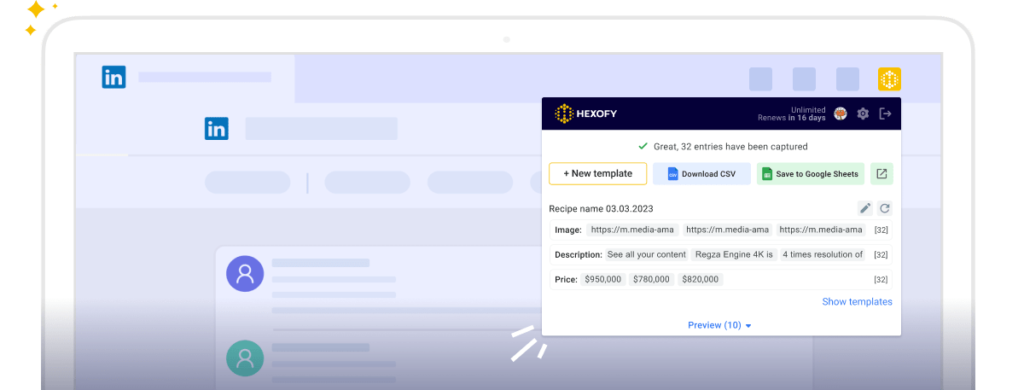ChatGPT, the AI magic that has captured the imagination of users worldwide, is powered by advanced language models, notably GPT-3.5 Turbo and GPT-4. These algorithms, developed by OpenAI, have been shaping various applications and services since 2020, ranging from Bing’s AI features to writing tools like Jasper and Copy.ai.
What is ChatGPT?
The acronym GPT stands for Generative Pre-trained Transformer, with the number indicating the algorithm’s version. GPT models, including GPT-3.5 and GPT-4, use generative pre-training, a groundbreaking approach where the algorithm is exposed to vast amounts of unlabeled data from the open internet. Unlike traditional supervised learning, this method allows the model to learn patterns and relationships independently.

Transformer architecture
At the core of GPT’s efficiency lies the transformer architecture, proposed in a 2017 research paper. This architecture allows for parallelized computations, significantly reducing training times.
The transformer’s self-attention mechanism enables the model to read and compare every word in a sentence simultaneously, providing a breakthrough in the field of AI algorithms.
What are tokens?
ChatGPT is using tokens to break down texts. A token is a unit of text that the model processes at once. Tokens can vary in size, and they are essentially chunks of text that are encoded and processed by the model. In English, a token could be as short as one character or as long as one word. For example:
- – “ChatGPT” is a single token.
- – “Hello” is a single token.
- – “!” is a single token.
However, longer words or phrases might be split into multiple tokens. For instance:
“Artificial intelligence” might be split into two tokens: “Artificial”, and “intelligence”.

The concept of tokens is crucial in understanding how the model processes and interprets input text, as it breaks down the information into manageable chunks for analysis. The tokenization process allows the model to handle and comprehend text efficiently.
Natural Language Processing (NLP)
Natural Language Processing (NLP) for ChatGPT refers to the model’s ability to understand, interpret, and generate human-like text in a natural language, such as English. NLP involves a set of techniques and algorithms that allow the model to process, analyze, and respond to text data in a way that mimics human language understanding.
Key aspects of NLP include:
- – Language understanding: ChatGPT can understand the meaning, context, and nuances of the text prompts it receives. It can grasp the intent behind user queries and generate coherent responses.
- – Context retention: One of ChatGPT’s notable features is its ability to retain context during a conversation. It remembers the ongoing dialogue and uses that context to provide relevant and contextually appropriate responses.
- – Text generation: The model employs NLP techniques to generate human-like text based on the patterns and relationships it has learned from its training data. This allows ChatGPT to generate responses, explanations, or creative content.
- – Task-specific processing: ChatGPT can perform various language-related tasks, such as writing, summarizing, translating, answering questions, and more. The NLP capabilities enable the model to adapt to different language tasks.
- – Learning patterns: Through its training on a diverse dataset, ChatGPT has learned patterns and structures inherent in human language. It uses these learned patterns to predict and generate coherent text based on the input it receives.
While ChatGPT’s NLP capabilities are impressive, it’s essential to note that the model may not have true comprehension or awareness. It lacks real-world knowledge and may sometimes generate responses that sound plausible but are incorrect or nonsensical. Continuous advancements in NLP technology contribute to improvements in the model’s language understanding and generation capabilities over time.
Responding to user prompts
When you interact with ChatGPT, the model receives your prompt, breaks it into tokens, and employs its transformer-based neural network to understand the context and generate a coherent response. The randomness, controlled by a setting called “temperature,” ensures varied responses, avoiding monotony.
Here’s how ChatGPT generates responses to your prompts:
- Input processing: When a user provides a prompt or input, ChatGPT processes the text to understand the user’s query. It breaks down the input into smaller units called tokens. Tokens can be as short as one character or as long as one word, and they serve as the basic units for the model to work with.
- Context understanding: ChatGPT leverages its context retention feature to understand the ongoing conversation. It remembers the preceding interactions and uses this context to generate contextually relevant responses.
- Pattern recognition: The model relies on the patterns and relationships it learned during training. It identifies patterns in the input and predicts the most probable next set of tokens to generate a coherent and context-aware response.
- Generative process: Using its generative pre-trained transformer architecture, ChatGPT produces a sequence of tokens that form the response. This response is generated based on the knowledge and language structures it learned from its extensive training dataset, which includes a diverse range of text from the internet.
- Natural Language output: The final output is a piece of text that aims to sound natural and contextually appropriate. ChatGPT strives to create human-like responses by predicting the next words in a sentence and generating coherent text that aligns with the input.
How ChatGPT works inside Hexofy
We have integrated ChatGPT inside Hexofy to allow you to perform GPT tasks on any data you capture or the page you’re browsing with just one click.

Your AI assistant can summarize the scraped data or create a social media post in seconds! Simply click on the relevant button and you’ll get the results instantly.

Thanks to this integration, you’ll no longer have to copy and paste the information into the ChatGPT chat window. Simply let the AI assistant inside Hexofy carry out the required tasks without having to leave the web page.
How you can automate ChatGPT via Hexomatic
Another option for automating ChatGPT is via Hexomatic. The latter is an easy-to-use web scraping tool that suggests over 100+ automations and 60+ ready-made scraping recipes for the most popular websites!
Here is a step-by-step instruction on how you can automate ChatGPT with the help of Hexomatic:
- First, enter the Hexomatic dashboard and start a new workflow by choosing the “blank” option.

- Then, use the Data Input automation as a starting point and upload your material or copy and paste it into the relevant field.
- Click on the “+” icon and add one of the ChatGPT automations. Choose the data input as a source.
- Then, enter your prompt and run the workflow.

- After a few minutes, you will have quality content for the topics you’ve mentioned in the workflow without wasting your time on dull and time-consuming activities. Save the results in the Google Sheet and enjoy!

Capture data from any page, like magic.

Content Writer | Marketing Specialist
Experienced in writing SaaS and marketing content, helps customers to easily perform web scrapings, automate time-consuming tasks and be informed about latest tech trends with step-by-step tutorials and insider articles.
Follow me on Linkedin



